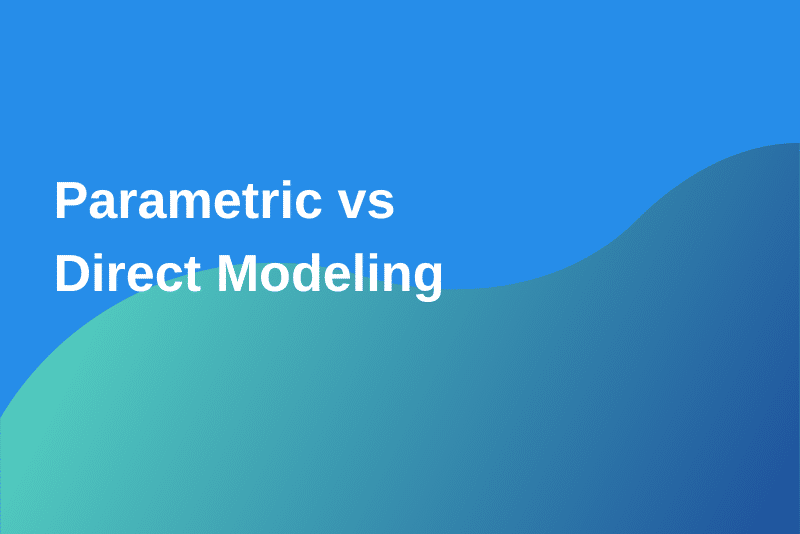Deciphering Design: Exploring the Difference between 3D Modeling and Parametric Modeling Workflows
In the realm of computer-aided design (CAD), there are two primary approaches to creating digital models: 3D modeling and parametric modeling. While both methods serve the purpose of visualizing and defining geometric shapes, they differ significantly in their underlying principles, capabilities, and applications. Let's delve into the nuances of each workflow and explore their distinct advantages:
1. 3D Modeling Workflow: Embracing Creativity and Flexibility
In a 3D modeling workflow, designers create digital models by sculpting or manipulating geometric shapes in a three-dimensional space. This approach emphasizes creativity and artistic expression, allowing designers to explore organic forms, intricate details, and aesthetic considerations. 3D modeling tools provide a wide range of sculpting, sculpting, and surface modeling capabilities, enabling designers to unleash their creativity and bring their ideas to life in stunning detail.
2. Parametric Modeling Workflow: Precision and Control at Your Fingertips
In contrast, parametric modeling is a systematic approach that emphasizes precision, control, and efficiency. In parametric modeling workflows, designers create digital models by defining mathematical relationships and constraints between geometric elements. These relationships are expressed through parameters such as dimensions, angles, and relationships, which drive the shape and behavior of the model. Parametric modeling tools offer powerful features for creating parametric sketches, defining constraints, and generating parametric features, enabling designers to iterate on designs quickly and make changes with ease.
Key Differences: Flexibility vs. Precision
The primary difference between 3D modeling and parametric modeling workflows lies in their approach to design and modeling. 3D modeling workflows prioritize creativity and flexibility, allowing designers to explore organic forms and expressive shapes freely. In contrast, parametric modeling workflows prioritize precision and control, enabling designers to define and manipulate geometric elements systematically and efficiently. While 3D modeling is well-suited for artistic and conceptual design tasks, parametric modeling excels in engineering and manufacturing applications that require precise control over dimensions, tolerances, and relationships.
Choosing the Right Tool for the Job
Ultimately, the choice between 3D modeling and parametric modeling workflows depends on the specific requirements and objectives of the project. For creative and artistic endeavors that emphasize form and expression, 3D modeling may be the preferred approach. For engineering and manufacturing tasks that require precise control and predictability, parametric modeling offers a more systematic and efficient solution. By understanding the strengths and characteristics of each workflow, designers can choose the right tool for the job and unlock new possibilities for creativity, efficiency, and innovation in their projects.
